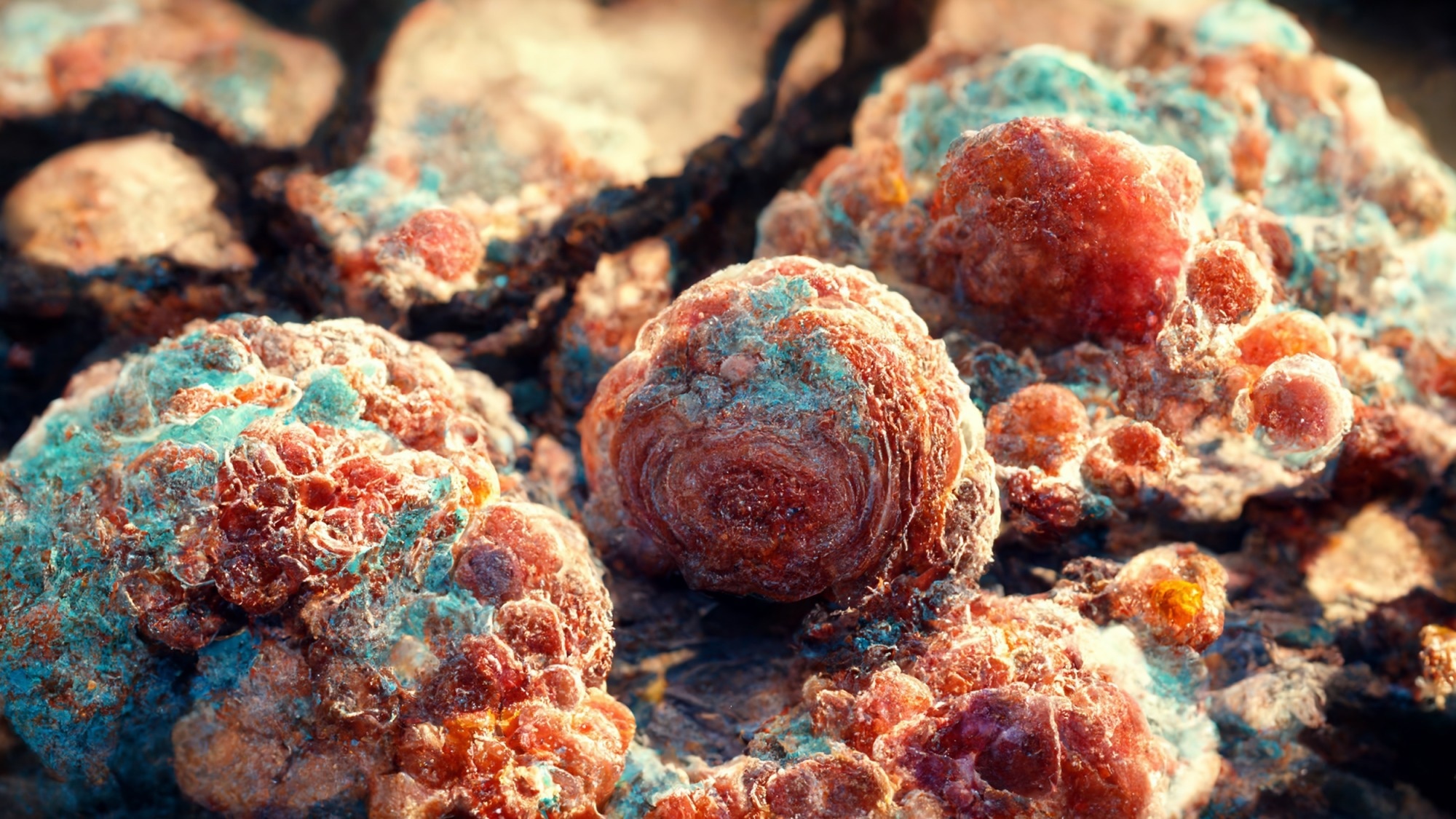In a recent study published in the journal Nature Communications, researchers identified a novel therapeutic target for pancreatic ductal adenocarcinoma (PDAC), a lethal malignancy responsible for over 90% of all pancreatic cancer cases.
 Study: A super-enhancer-regulated RNA-binding protein cascade drives pancreatic cancer. Image Credit: Sirinneon / Shutterstock.com
Study: A super-enhancer-regulated RNA-binding protein cascade drives pancreatic cancer. Image Credit: Sirinneon / Shutterstock.com
Background
Previous studies have explored the mutational landscape and drivers of PDAC; however, the master regulator of cell cycle entry and proliferative metabolism (Myc) and KRAS oncogene mutations driving PDAC remain unknown.
Super enhancers (SEs) are specific regions in the genome that regulate the transformation and proliferation of cancer cells at the transcriptional level. To date, SEs coordinating the sustained increase in translation in PDAC remain largely unexplored, which has limited the development of effective PDAC treatments.
About the study
In the present study, researchers mapped the genomic locations of SEs in 16 human pancreatic cancer cell lines and ultimately delineated 876 SEs. Heterogeneous nuclear ribonucleoprotein (hnRNP) F protein expression in clinically annotated human-origin PDAC samples was subsequently analyzed through immunohistochemistry. This SE-associated gene encodes proteins that actively regulate polyadenylation, alternative splicing, and messenger ribonucleic acid RNA (mRNA) stability.
The researchers also deleted about 1,800 bases spanning the 5′ distal enhancer in the human MIA PaCa-2 PDAC cell line to establish a functional role for this SE in driving hnRNPF expression and tumor growth. The MIA PaCa-2 SE deleted cells were subsequently injected into the pancreas of immunodeficient mice-generated tumors to examine the in vivo functional role of SE-regulated hnRNPF expression in tumor growth.
Study findings
Previous studies have implicated several genes juxtaposed to genomic locations of SEs in processes dysregulated in cancer, such as JUN proto-oncogene in cell proliferation. In the current study. the H3 lysine 27 acetylation (H3K27ac) signal, a common SE identifier, was lower in normal cells as compared to the pancreatic cancer cell lines assessed in this study, thus supporting the relevance of SE-regulated hnRNP F expression in PDAC.
Transcription factor motif analysis of the nucleosome-free regions nested within the identified SEs revealed JUN, FOS, and ATF, all activator protein-1 (AP-1) family members, as the top nine enriched motifs.
Deletion of the SE element resulted in an 80% reduction in hnRNP F transcript levels, thereby leading to a 35% reduction in protein levels. SE deletion also reduced chromatin accessibility at part of the hnRNP F SE.
The hnRNPF SE deleted cells were less proliferative in two-dimensional (2D) cultures and established smaller colonies in the three-dimensional (3D) in vitro assay. Re-expression of hnRNPF in these SE-deleted cells partially rescued the proliferative defect, which suggests that hnRNP F is the dominant SE-driven gene responsible for PDAC cell proliferation.
Additionally, the researchers observed that hnRNP F plays a role in stabilizing mRNAs, such as Snai1 mRNA, in bladder cancer. Although the PDAC system assessed in this study did not express Snai1 mRNA, the stability of about 20% of hnRNP F targets, including protein arginine methyltransferase 1 (PRMT1), was mediated by hnRNP F, thus suggesting its broader role in PDAC. Moreover, PRMT1 affected tumor growth by regulating de novo protein translation through ubiquitin-associated protein 2-like (Ubap2l).
Conclusions
The RNA-binding proteins (RBPs) hnRNP F, PRMT1, and Ubap2l with the regulatory SE appear to have essential roles in the pathogenesis of PDAC. Likewise, the Myc oncogene was shown to regulate these three key interdependent regulators of protein synthesis.
The researchers of the current study identified a SE-mediated RBP-regulated network that contributed to PDAC growth by enhancing mRNA translation, particularly ribosome biogenesis.
More specifically, the RBP hnRNP F stabilized PRMT1 to control the translational mediator Ubap2l. Within PDAC tumors, SEs also regulated the expression and function of the protein synthesis machinery to support oncogenic processes. Thus, PDAC cells hacked into the hnRNP F-Prmt1-Ubap2l network, including at the epigenetic level, to promote tumor growth.
Pancreatic cancer is a devastating disease with few therapeutic options. Our identification of targetable pathways important for cell growth opens up potential new therapeutic avenues,“ says senior author and Salk Professor Ronald Evans, director of Salk’s Gene Expression Laboratory.
Since the hnRNPF SE gets aberrantly activated in multiple cancers, including breast, lung, and bladder cancer cells, therapies that disrupt bromodomain and extra-terminal (BET) motif inhibitors could emerge as promising new anti-cancer drugs.
The SE-regulated RBP cascade described in the current study is modulated through PRMT1 inhibition. The discovery of this cancerous mechanism presents a unique downstream druggable molecular approach for targeting PDAC and potentially other cancers. More importantly, these drugs could potentially avoid severe toxicities emerging from other SE-targeted cancer therapies.
Journal reference:
- Antal, C. E., Oh, T. G., Aigner, S. et al. (2023). A super-enhancer-regulated RNA-binding protein cascade drives pancreatic cancer. Nature Communications 14(5195). doi:10.1038/s41467-023-40798-6